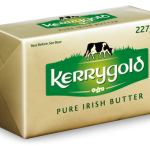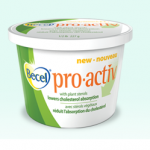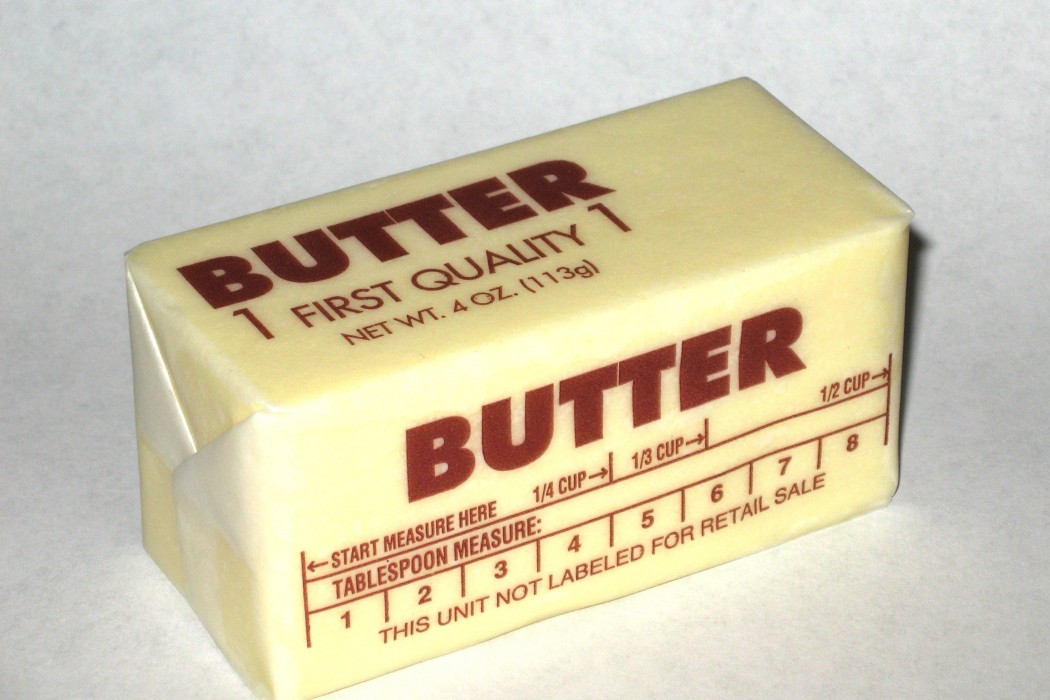If you’re like me, you’re equally overwhelmed and amazed by the huge variety of margarine and butter in the grocery store’s dairy section. Labels boasting terms like light, non-hydrogenated, whipped, tastes like butter, no trans fats, plant sterols, and omega-3 leave you dizzy with healthy, heart-saving options to consider!
We’ve long been told that butter, though natural, is high in saturated fats and cholesterol – the enemy of clear arteries. Meanwhile, margarine has had a bad rap for being over-processed, chemical garbage.
I’ve flip-flopped between butter and margarine over the years. When I’m in a “French Women Don’t Get Fat” mindset, delicious and fattening butter will find its way into my shopping cart. However, with my recent focus on reducing cholesterol at the dinner table, I’ve been bee-lining it for the Becel ProActiv which contains plant sterols that are supposed to lower bad cholesterol.
So which one is better for you? It turns out that the battle between margarine and butter continues to rage on, with new research showing benefits on both sides of the fence. Here are some pros and cons to consider for each.

Pros: Cons:

Pros: Cons:
Bottom Line
So what's a healthy foodie to do?If you decide to use butter, try to use light or blended versions. If you decide to use margarine, compare nutrition labels for the lowest saturated fat and no trans fat. Definitely avoid hard margarine sticks. Don’t over-consume; fat is fat is fat.
Perhaps the safest bet of all is to avoid both butter and margarine. For example:
- Use monounsaturated olive oil or vegetable oil
- For spreads, consider using nut-based butters which are high in healthy fats







